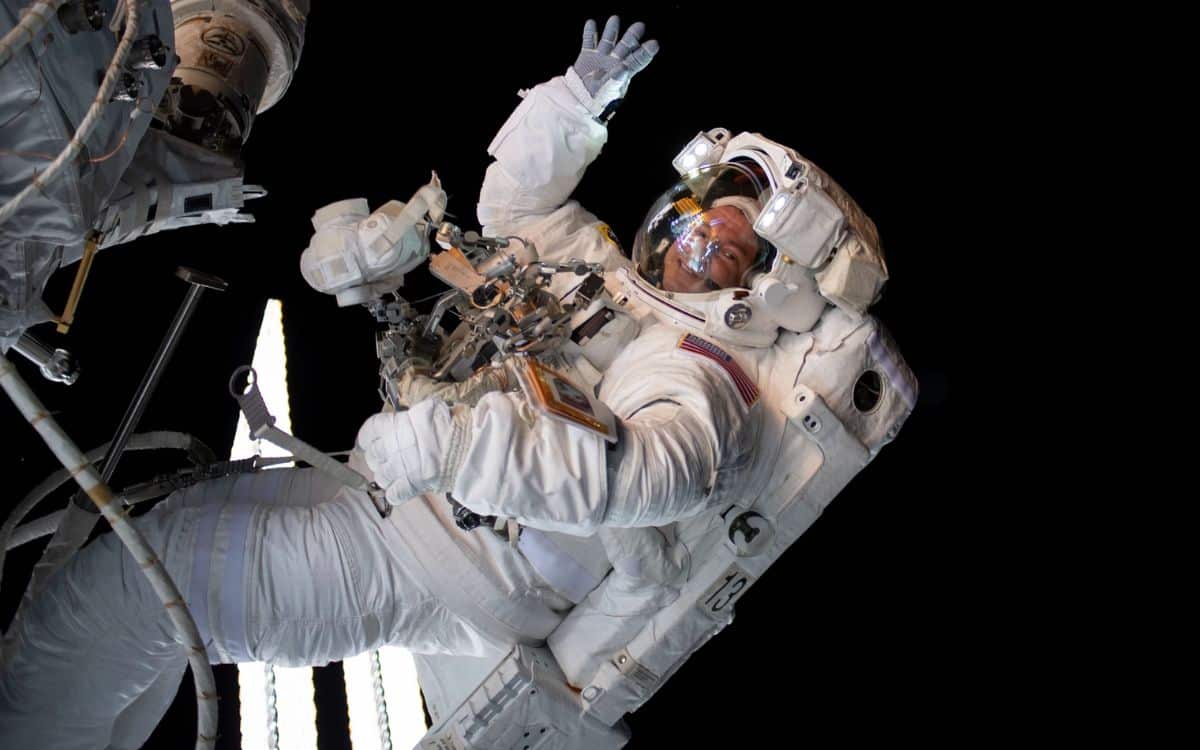How astronauts come back from space as ‘different people’ has been explained
- Astronauts including Mark Vande Hei are said to come back from space ‘different people’
- The Translational Research Institute for Space Health has compiled research on the effects of space travel
- From muscle and eye health to cognitive function and the effects of radiation – here’s what we know
Published on Jan 09, 2024 at 9:33 PM (UTC+4)
by Amelia Jean Hershman-Jones
Last updated on Jan 11, 2024 at 1:08 PM (UTC+4)
Edited by
Alessandro Renesis
Going into space is no walk in the park – in fact it’s said that astronauts come back from space as ‘different people’.
A space walk is certainly no cake walk, according to the the Translational Research Institute for Space Health (TRISH).
With that in mind, TRISH has collated research projects and studies to unpick the challenges humans face during space exploration.
READ MORE! Spine-tingling new NASA image shows ‘ghostly cosmic hand’ 16,000 light-years from Earth
It’s something we’ve seen a lot of recently with NASA sending an identical twin to space for a year to see how he’d change.
NASA astronaut, Mark Vande Hei, came back down to Earth after spending a record-breaking 355 consecutive days in space on board the International Space Station (ISS).
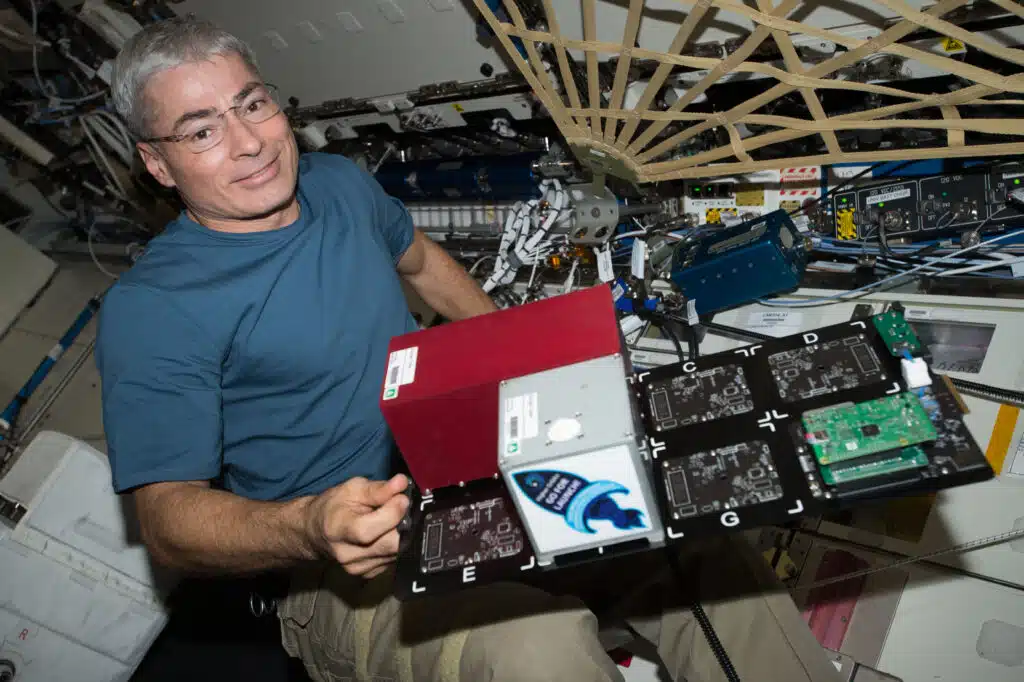
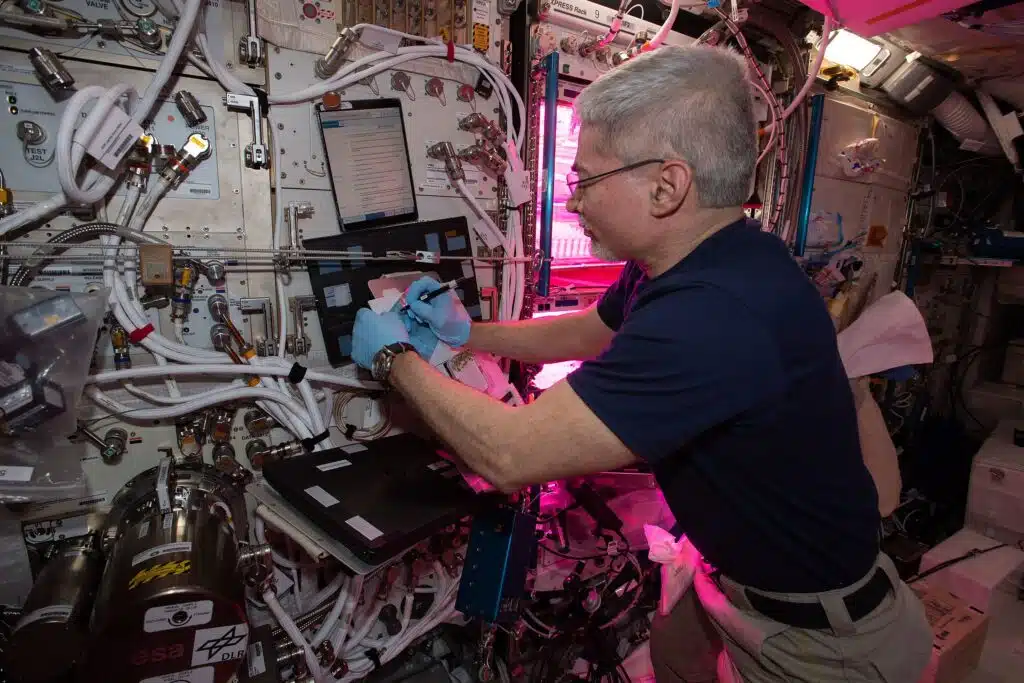
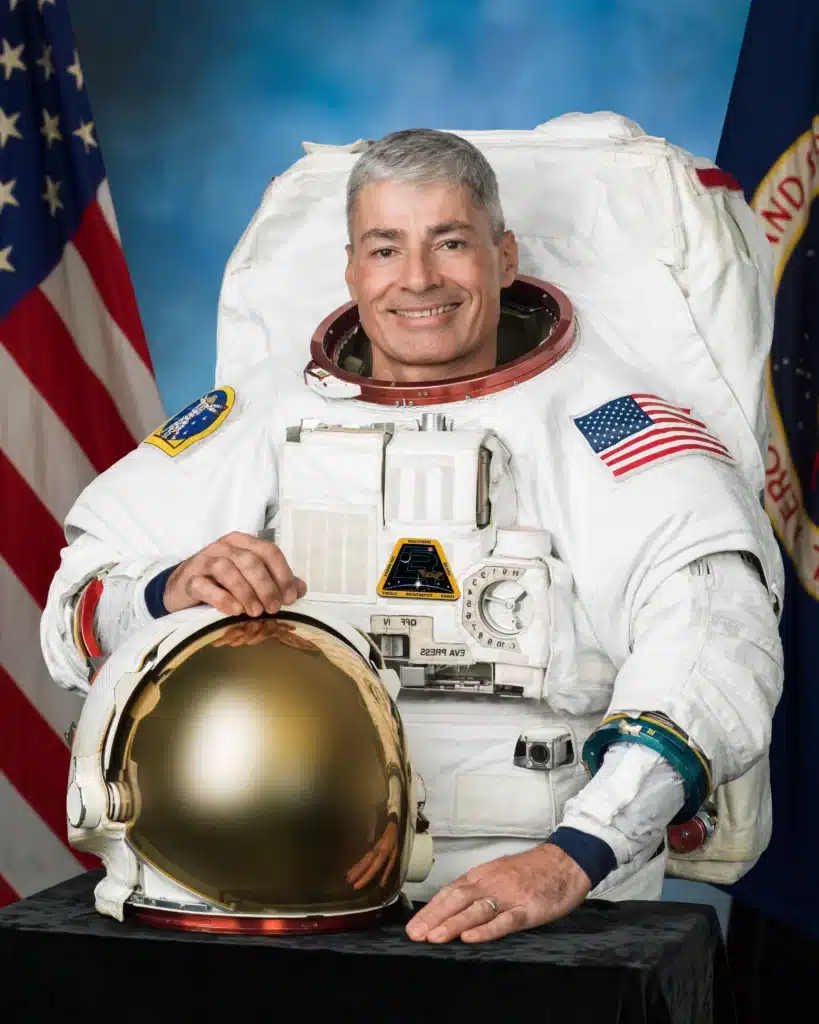
And he’s not the same person he was before.
What’s more, NASA astronaut Frank Rubio’s body changed after more than a year in space.
Scientists want to understand and mitigate these changes ahead of NASA’s Artemis missions and, eventually, crewed missions to Mars.
Bones
The bones of the lower body do less work minus the oppressive gravity of Earth.
The pressure is off the spine, hips and legs.
While it might seem like this could be a plus, this results in lowered bone density and subsequent mineral content elsewhere in the body.
This can lead to problems including urinary calcium and renal stones.
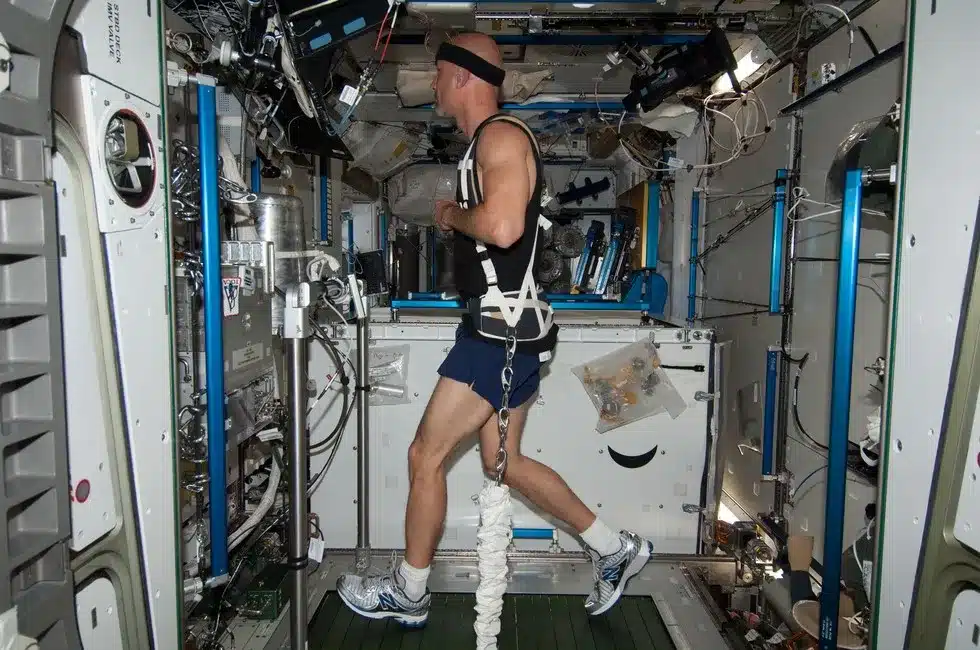
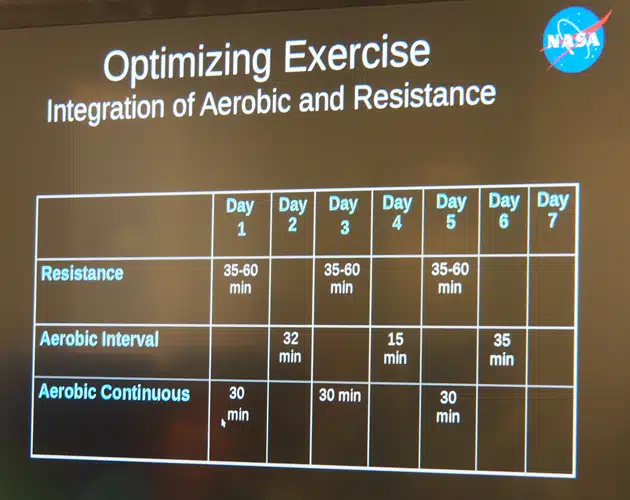
Muscles
While you might have experienced this to a lesser extent during a gym hiatus – with muscle it’s a ‘use-it-or-lose-it’ situation.
Less gravity means astronauts use their muscles less in space and a decrease in muscle mass, strength and endurance follows.
Using the lower-body less because you’re not walking, standing or even sitting in the same way, which can eventually lead to weakened, atrophied muscles.
While we know diet is a focus onboard ISS, astronauts also adhere to a strict exercise regime to make sure those small steps on the moon, Mars – or back here on Earth – are as strong as possible.
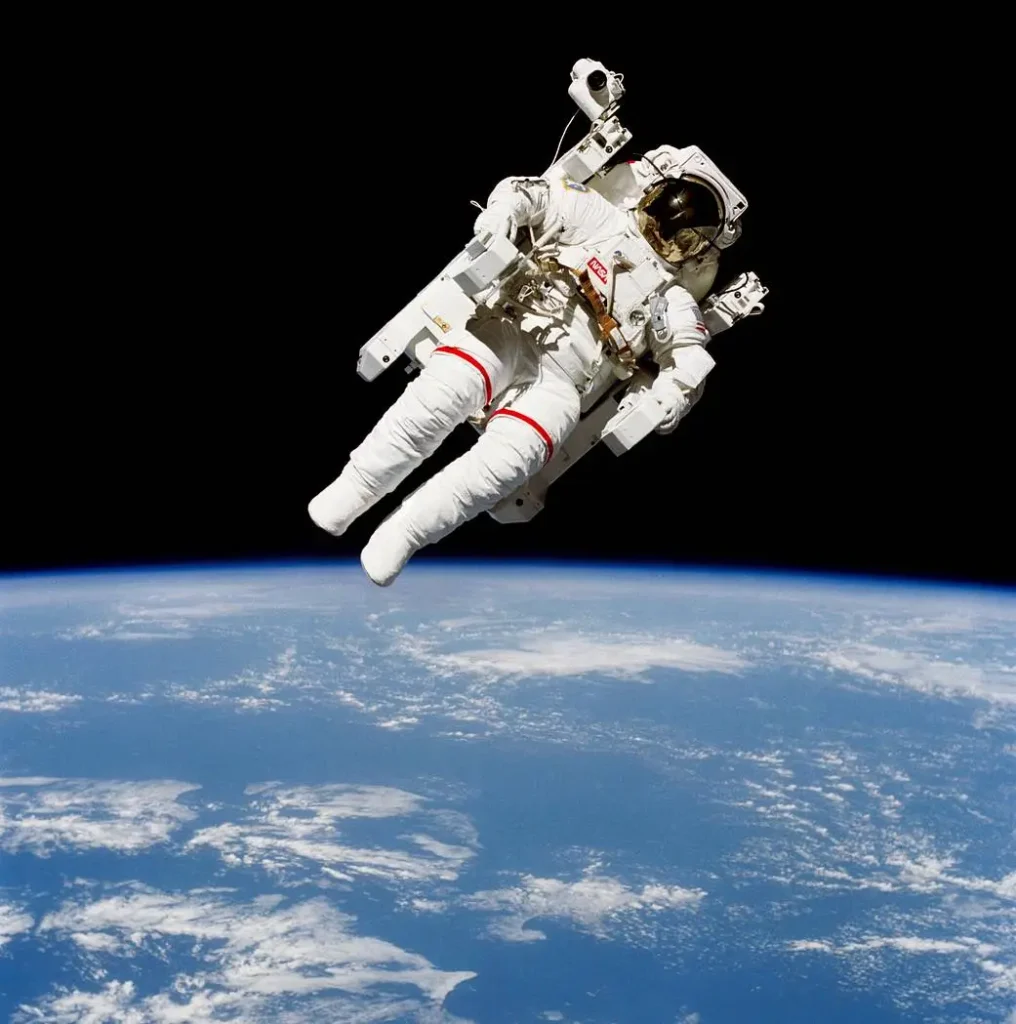
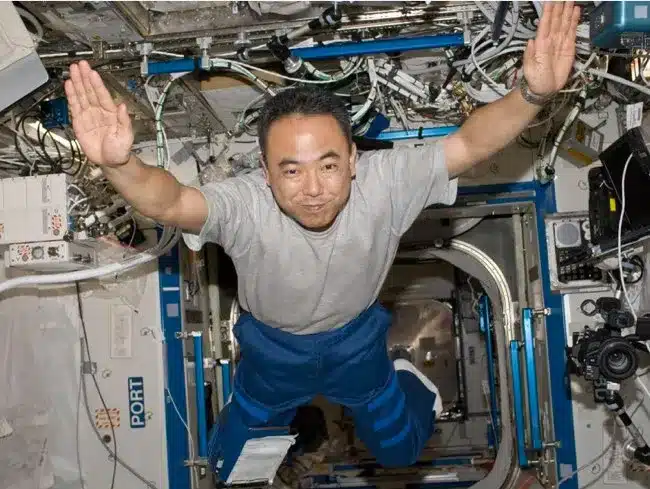
Neurological
Microgravity takes some getting used to.
On Earth, our brain uses a complex and overlapping network of neural circuits that allow us to maintain balance, stabilize vision, and orient location and direction.
It does this by interpreting information from the eyes, inner ear vestibular organs, and the deep senses from muscles and joints.
Without gravity to ground us, however, this information the body receives is altered with sensorimotor function and postural stability lacking.
During the early days of a space mission, astronauts often experience disorientation, space motion sickness, and a loss of sense of direction.
This, in turn, makes daily life in space difficult and emergency situations more dangerous.
And these issues can continue back on terra firma, with issues standing, stabilizing their gaze, walking, and turning.
Returning astronauts are often placed in a chair for safety when they first touch down on Earth.
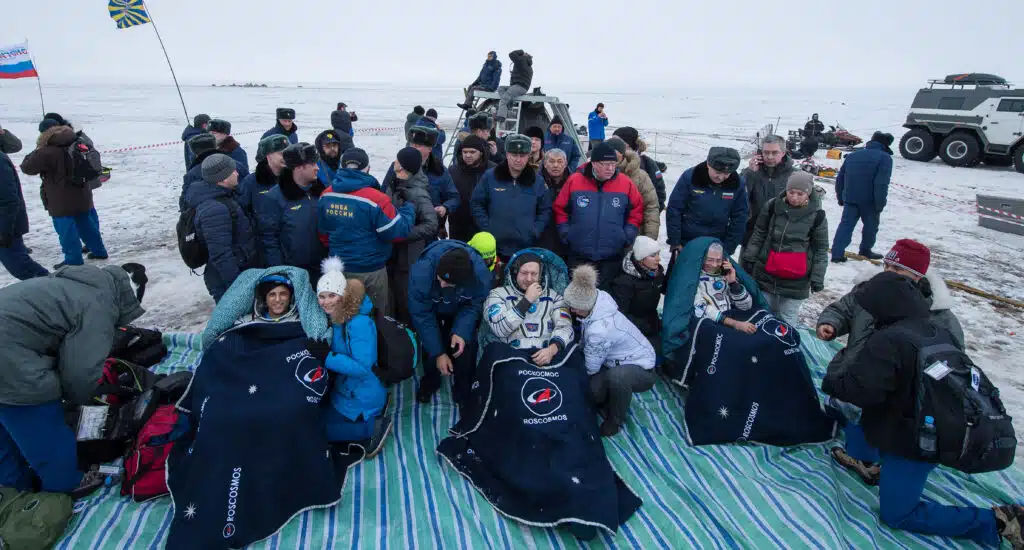
Eyes
During long-duration missions the eyes can struggle.
Changes include increased globe flattening, optic disc edema, and vision changes.
Space-Associate Neuro-ocular Syndrome (SANS), causes swelling in the back of the eye.
It’s one of the most significant risks.
Before embarking on a three-year mission to Mars, this serious issue needs looking into.
Cardiovascular
The environment of space can decrease astronaut’s blood volume, orthostatic tolerance, and aerobic capacity.
Conversely, they can also experience increased arrhythmias.
Like other musculature, the cardiovascular system doesn’t require as much work from the heart in microgravity.
This can lead to a gradual deconditioning and decrease in heart size that overextends back on Earth.
It’s thought that space radiation could also affect endothelial cells that sit in blood-vessel lining.
There’s a risk that this could spark or speed up coronary heart disease.
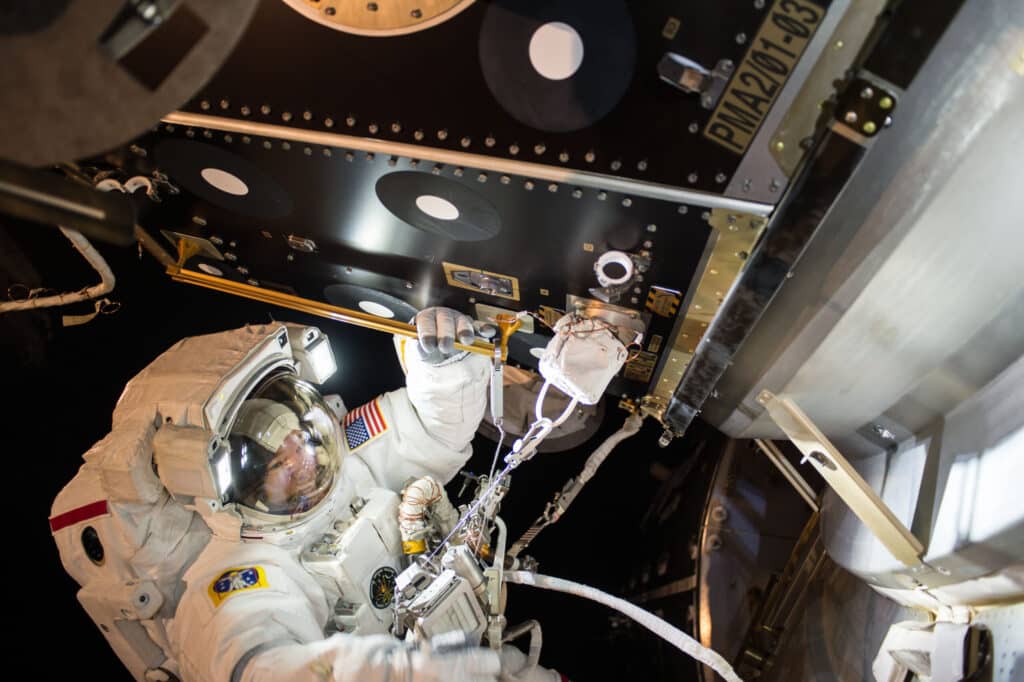
Cognitive function
Spaceflight agencies and companies need their astronauts to carry out their mission effectively during their time in space.
Confinement in a small space with others, high work demands, team and crew issues, in addition to the loss of the 24-hour day/light cycle can accumulate.
The result can be fatigue, stress and decreased cognitive function.
Ultimately this may jeopardize a mission and the safety of those in space.
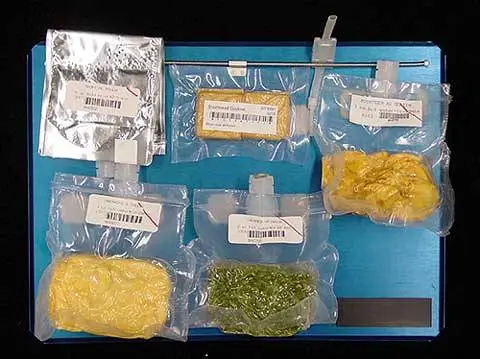
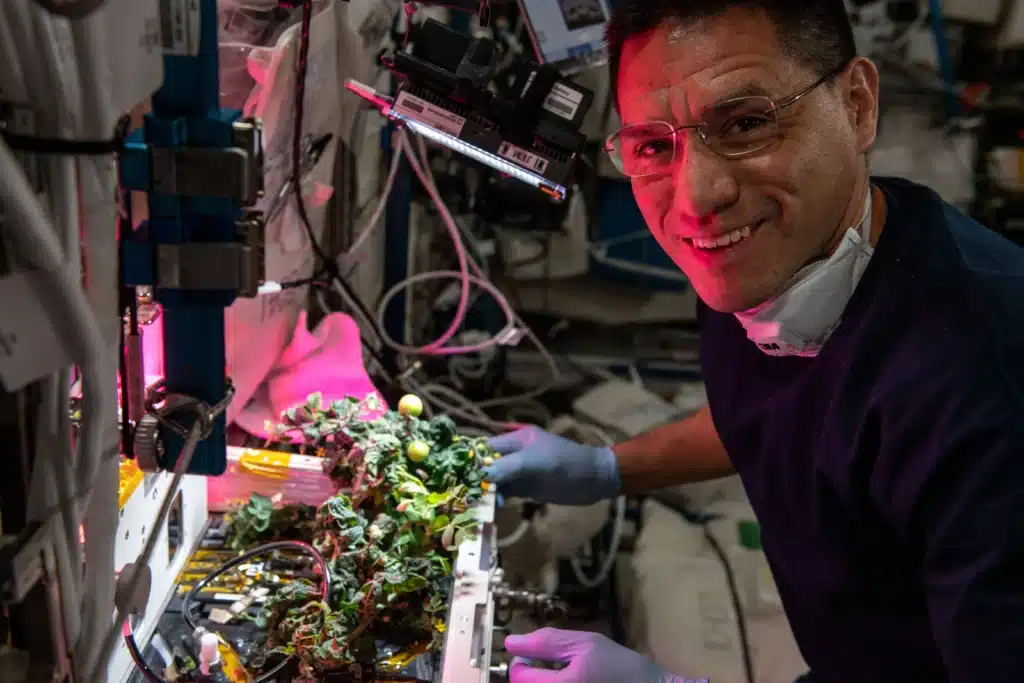
Gastrointestinal system
Another muscly part of the body, the gastrointestinal system, also feels the effects of a loss of gravity.
Minus the gravity that helps move food through the GI tract and the usual method of going to the bathroom, the intestinal system experiences decreased motility.
Environmental Effects
Being constantly aboard a capsule or space station can also have an effect on the body;
Noise exposure can cause hearing loss.
Plus, while it might sound relaxing, being off your feet for such a long time can have its issues.
These include callouses on the top of feet from footholds, softness from disuse and a lack of sensitivity to pressure variations.
A lowered immune system and recycled air can also lead to skin irritation from microbial growth.
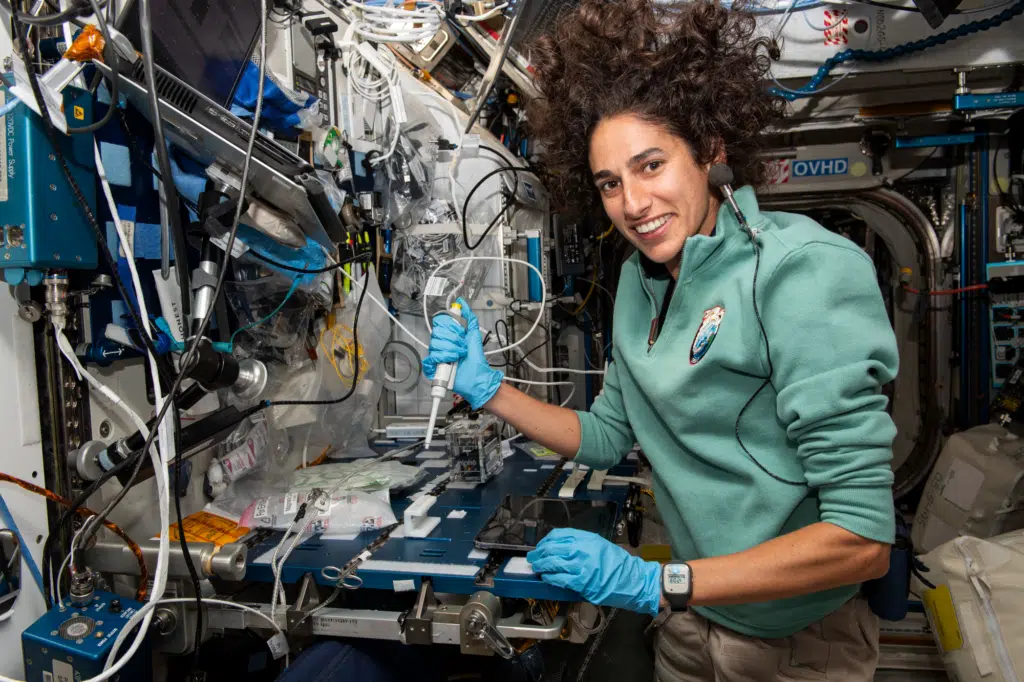
Space radiation
Lucky us: while on Earth, its protective atmosphere shields us from harmful space radiation.
Beyond Low Earth Orbit (LEO), space radiation can pose a significant risk when astronauts are exposed to 100 times the levels of humans on Earth.
According to NASA, that’s equivalent to 150 to 6,000 chest x-rays.
It can lead to radiation sickness, central nervous system effects, degenerative diseases, and an increased lifetime risk of cancer.
DISCOVER SBX CARS: The global premium car auction platform powered by Supercar Blondie

All Supercar Blondie contributors undergo editorial review and fact-checking to ensure accuracy and authority in automotive journalism. After gaining her BA Hons in French and English at the University of Nottingham, Amelia embarked on a vocational diploma from the National Council for the Training of Journalists (NCTJ). This led to numerous opportunities, from interning at Vogue to being on the small team that launched Women’s Health magazine in the UK, which was named the PPA Consumer magazine of the year for three years running. As Health, Beauty and Fitness editor, Amelia personally received a Johnson & Johnson Award and was shortlisted for both PPA and BSME titles. Since then, Amelia has created content for numerous titles and brands, including the Telegraph, 111 Skin, Waitrose, Red magazine, Stylist, and Elle, as well as being Head of Content at Vitality and Editor in Chief at INLondon magazine. “My superpower is translating technical jargon about the mechanical workings of a supercar into a relatable story you’ll want to share with your friends after you’ve read it.” After joining the SB Media family as a senior journalist in September of 2023, Amelia’s role has evolved to see her heading up the SEO output of the editorial team. From researching the most ‘Google-able’ key terms to producing evergreen content - it’s been a time of hard work, growth, and success for the editorial team and the Supercar Blondie website. “I like to think of myself as a ‘method journalist’. In other words: I live and breathe whatever I am writing about. When writing about fitness, I trained as a personal trainer, and as a beauty editor, I completed an ‘expert’ in scent diploma with the Fragrance Foundation. “During my tenure at Supercar Blondie, however, I did something I never thought possible: I passed my driving test at the age of 36. One day I’d love to train as a mechanic to better understand what happens under the hood, too. “My sweet spot is providing readers with a ‘takeaway’ (read: something new they didn’t know before) after reading every one of my stories. While I don’t claim to be an expert in the automotive world, I know the experts and bodies in the field to rely on to provide our readers with an informative and thought-provoking story every time they visit the site.”
